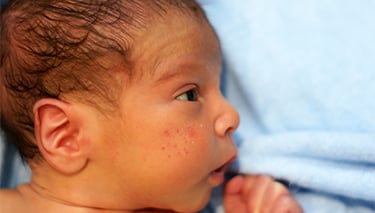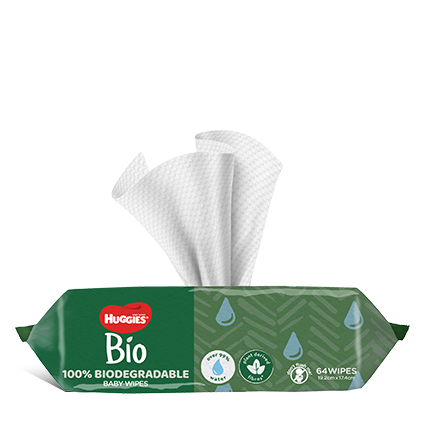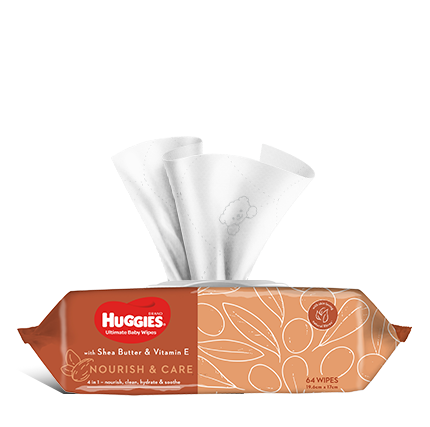What is heat rash?
Heat rash, also known as miliaria or prickly heat, is made up of tiny red bumps. This rash can erupt around bub's neck, arms, and around the edges of their nappy or underwear when the temperature rises.
Causes of heat rash on baby skin
When the climate warms up, a baby's undeveloped sweat glands can become blocked. This leads to swelling, causing itchy and red bumps. A baby can also develop heat rash when well-meaning parents dress them too warmly and snugly.
You will likely see the rash develop in the folds of bub's skin and in parts of the body where clothing is tight.
Is heat rash serious?
Heat rash can be a sign that your baby is too warm.
While it is not a painful or serious condition, it may indicate more serious conditions such as fever, heat exhaustion, and heat stroke. The itchiness can also irritate bub and make them more fussy than normal. Do not fret though as heat rash is very common in babies, especially during the summer months.
How to treat heat rash
A few simple steps to keep your baby's temperature down in warm weather can go a long way in caring for their skin:
- Start by dressing them in looser cotton clothing to allow the skin to breath.
- Avoid applying any lotions or ointments as these can block their pores and make heat rash worse.
- Use gentle wipes or a wet cloth to clean the affected areas.
- If your baby sweats, pat them dry with a clean towel to absorb away the moisture.
- Air out the affected areas every time you do a nappy change. Let bub's skin breathe by giving them some time in just their nappies.
- Place a cold, clean, wet washcloth on the rash to help soothe the irritation.
- Air dry instead of rubbing the baby's skin with a towel.
- If it's hot indoors, use an air conditioner or fan in bub's room. Direct the air flow near them but not directly at them for a gentle breeze.
- Trim your baby's nails or place loose socks on their hands to prevent them from scratching the area at night.
How can I prevent heat rash?
- Keep your baby's skin folds dry after bath time and during warm days.
- Keep your baby cool, especially in warmer, humid weather. Remember to check bub regularly to see if they are overheating. While their hands and toes may feel cool to touch, damp skin may indicate that they is too warm.
- ress them in layers that you can put on and take off. Lighter, looser clothing made of natural fabrics – such as cotton – is preferred over more abrasive and synthetic cloths such as polyester. Natural fabrics are generally more absorbent than synthetics and allow bub to sweat more efficiently. Nappies with plastic liners should also be avoided.
- Make sure bub is well hydrated on hot days. Keep them in cool, shady areas if you plan to take them outside.
When should I consult a doctor?
Not every rash is a heat rash. It is a good idea to check with your health care professional if you are in any doubt, or if any of the following occur:
- The bumps fill with pus this may indicate an infection and will require further treatment
- The rash lasts more than 2-3 days
- The rash is accompanied with a fever or bub is not feeding well
Most heat rashes will go away themselves in a few days when the baby remains cool.
For more information on rashes, take a look at our nappy rash, eczema and dry skin pages for more baby skincare tips.
Last Published* May, 2024
*Please note that the published date may not be the same as the date that the content was created and that information above may have changed since.




















